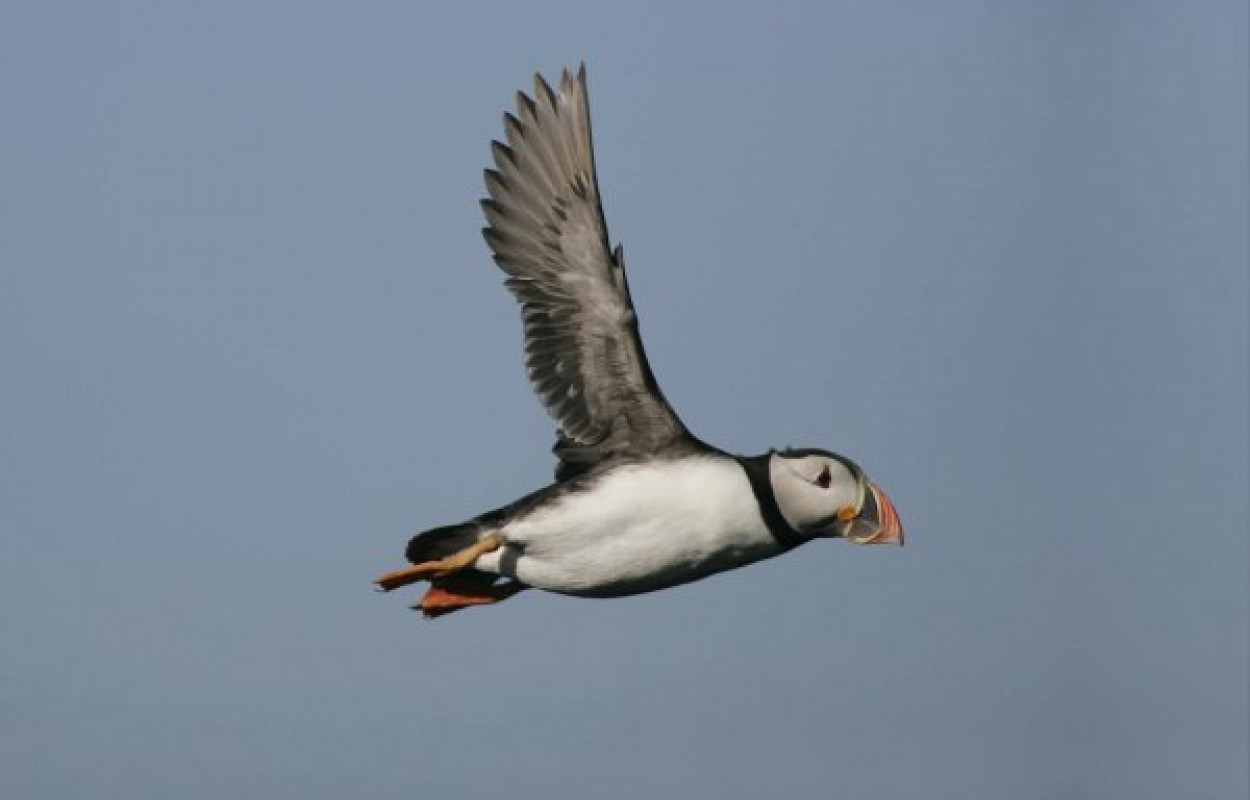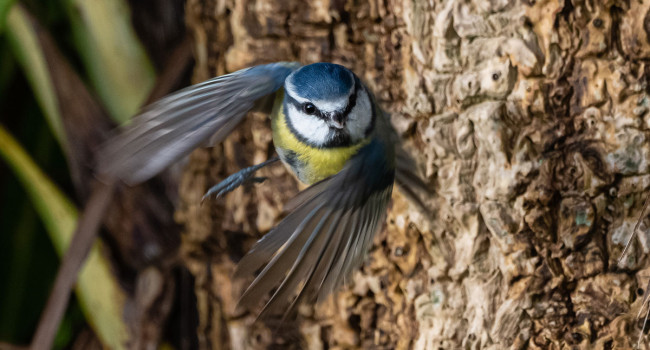Modelling flight heights of marine birds to more accurately assess collision risk with offshore wind turbines

Author(s): Johnston, A., Cook, A.S.C.P., Wright, L.J., Humphreys, E.M. & Burton, N.H.K.
Published: January 2014
Journal: Journal of Applied Ecology Volume: 51 ( part 1 )
Digital Identifier No. (DOI): 10.1111/1365-2664.12191
New research by the BTO reveals that most seabirds fly near the sea surface, avoiding collision with wind turbines by flying under the blades. Those birds that fly higher above the sea are at greater risk of collision. Building offshore turbines higher above the sea surface, or installing fewer large turbines instead of several smaller turbines, could reduce the number of collisions.
In a project funded by The Crown Estate via the Strategic Ornithological Support Services (SOSS) work programme, BTO scientists examined the importance of flight heights in determining the risk posed to seabirds from collision with offshore wind turbines. Innovative statistical techniques were used to combine data from over 30 sites and a detailed description of the proportion of birds that fly at different altitudes were produced for each species. Results show that many species, including Puffins and Arctic Terns, spend most of their time within 5 m of the sea surface, while gulls flew more regularly at 20 m above the sea surface.
These findings are particularly critical, in the light of the high number of offshore wind farms which are currently proposed in UK waters. Although wind farms are a key part of the government’s strategy to meet its renewable energy targets, they may potentially affect local birds, including protected and declining species. In severe cases, birds can collide with turbine blades and die. Estimates of the proportion of birds flying at different heights are fed into an assessment of the potential impact on wildlife for each wind farm, and can influence the likelihood that proposed renewable developments will go ahead. The results presented in this study show that if turbines are located higher above the sea surface, more birds will naturally fly underneath the turbine blades. The authors also suggest that seabird collision risk could be reduced by installing fewer but larger turbines, which produce the same energy output as a greater number of smaller turbines.








Share this page